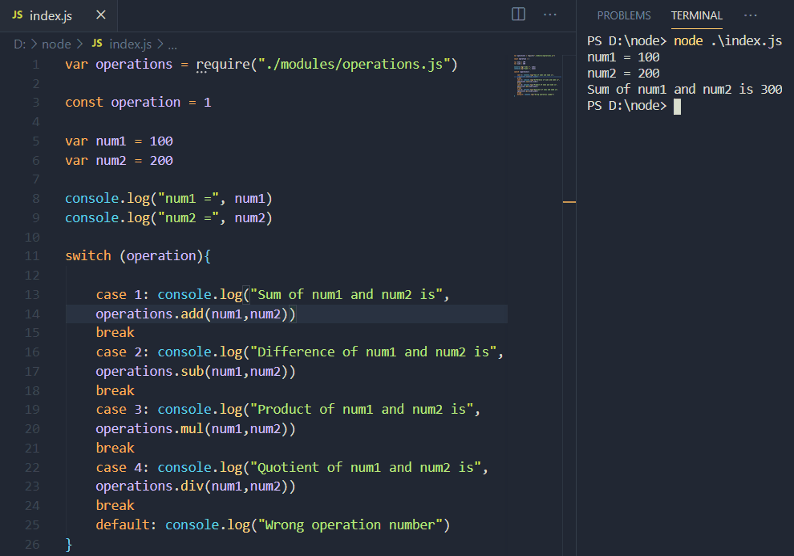

on( 'progress', ( progress ) => % done` ) ģ2 33 // The callback that is run when FFmpeg is finished 34. There are 44 other projects in the npm registry using js-ffmpeg. Start using js-ffmpeg in your project by running npm i js-ffmpeg. saveToFile( 'video.mp4' )Ģ0 21 // Log the percentage of work completed 22. Before we do that, let’s take break down the FFmpeg command used to create the fragment: ffmpeg -ss 146 -i video.mp4 -y -an -t 4 fragment-preview.mp4 -ss 146: Start video processing at the 146-second mark of the video (146 is just a placeholder here, our code will randomly generate the number of seconds) -i video. Latest version: 0.0.38, last published: 6 months ago.

You can use the same techniques to add other features supported by FFmpegto your API. ffmpeg: Render webm from stdin using NodeJS No data written to stdin or stderr from ffmpeg node. Our rendering code will use separate functions to render groups of elements similar to components in frontend frameworks, like React, for example. You’ll build an endpoint that extracts a thumbnail from a video as an example. It uses the naming convention with leading zeros, which makes stitching with ffmpeg and browsing the files more effortless. In other words, to make the video 720 pixels wide 15 // and make FFmpeg calculate its height, use scale=720:-2 instead. In this guide, you will build a media API in Node.js with Expressand ffmpeg.wasm a WebAssemblyport of the popular media processing tool. The -2 means FFmpeg should figure out the 14 // exact size of the other dimension. input( 'video.mp4' )ġ2 13 // Scale the video to 720 pixels in height. const ffmpeg require('fluent-ffmpeg') const ffmpegPath require('ffmpeg-installer/ffmpeg').path const ffprobePath require('ffprobe-installer/ffprobe').path tFfmpegPath (ffmpegPath) tFfprobePath (ffprobePath) module. So instead of '-acodec libopencoreamrnb', like you have, you want '-acodec', 'libopencoreamrnb'. Till now I have done this : var ffmpeg = spawn('ffmpeg', ) įfmpeg.stderr.1 const ffmpegStatic = require ( 'ffmpeg-static' ) Ģ const ffmpeg = require ( 'fluent-ffmpeg' ) ģ 4 // Tell fluent-ffmpeg where it can find FFmpeg tFfmpegPath(ffmpegStatic) ĩ 10 // Input file 11. When you call spawn, you pass the command, and then an array where every flag and every associated argument is a separate element.

I dont want to using any npm packages like fluent-ffmpeg. I want to use ffmpeg commands in my nodejs application.


 0 kommentar(er)
0 kommentar(er)
